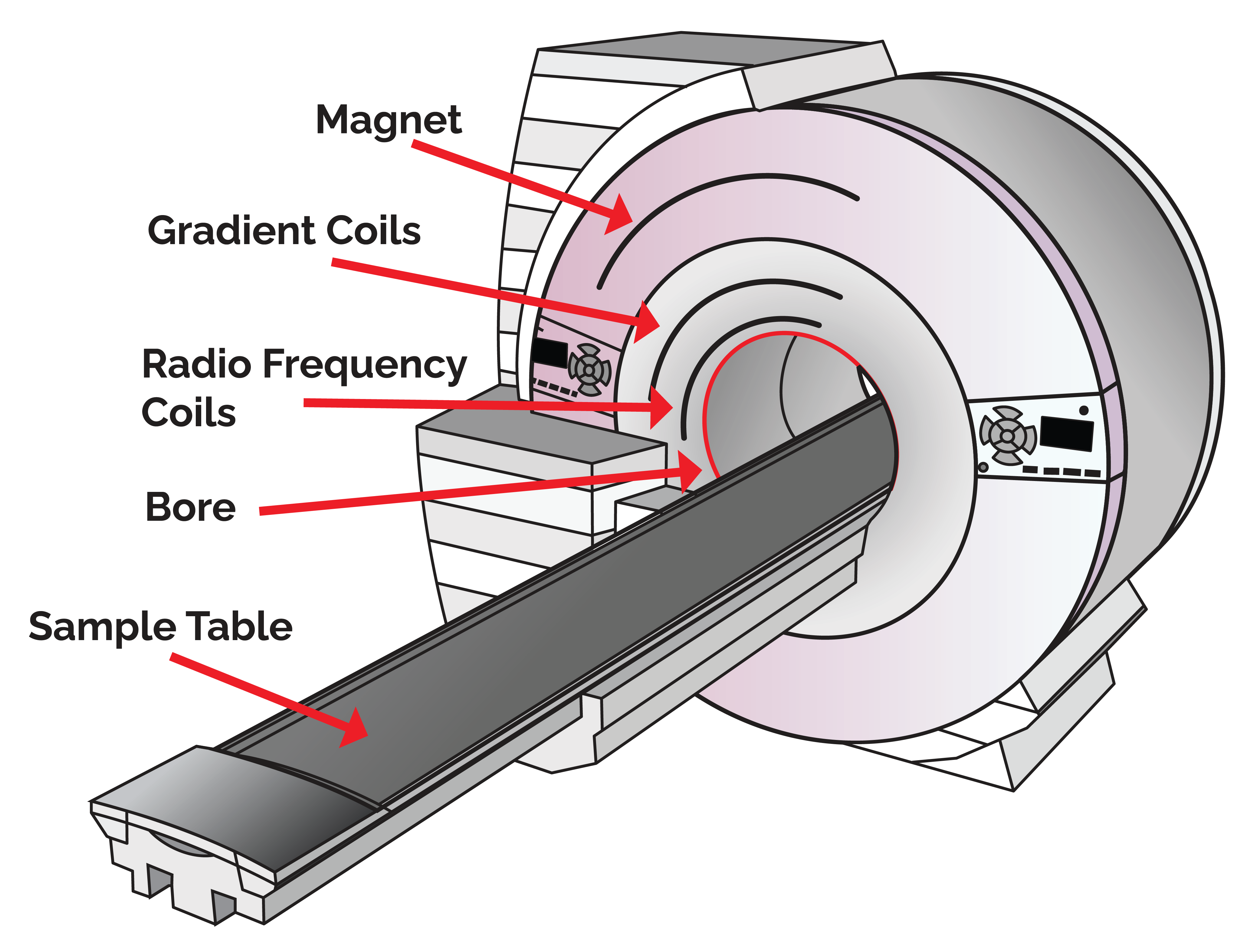How an MRI Works
To understand why an MRI is so loud, you need to have a basic understanding of how MRI works. MRI stands for “magnetic resonance imaging.” In the simplest terms, MRI machines use extremely powerful magnets combined with electromagnetic fields, and coils which produce radio waves, to produce detailed images of organs and tissues in your body. MRI machines do not use ionizing radiation and are non-invasive. They are, however, noisy.
The MRI machine is like a high-tech camera for your body, made up of strong magnets, coils, and other components. One key part is the superconducting magnet, which is extremely cold and surrounded by liquid helium. We have different strength magnets, such as 1.5T Tesla or 3T Tesla, at our facilities. To put it in perspective, Earth's magnetic field is only 0.5 gauss, while our MRI magnets are way more powerful.
The Parts of an MRI that Make Noise
When you're inside the MRI machine getting scanned, you hear loud noises, but exactly why is an MRI so loud? These noises come from the coils in the machine, which are like loops of wire carrying electricity. The superconducting magnet is surrounded by sets of coils that create a magnetic field in different directions. The machine uses these coils to pinpoint the exact location of the tissue or organ being scanned.
As the coils rapidly switch between positive and negative electrical currents, they vibrate within the strong magnetic field. This quick movement, which happens in milliseconds, creates a lot of stress on the coils, making them produce loud sounds. This noise is then amplified inside the machine, similar to how sound resonates in a drum.



